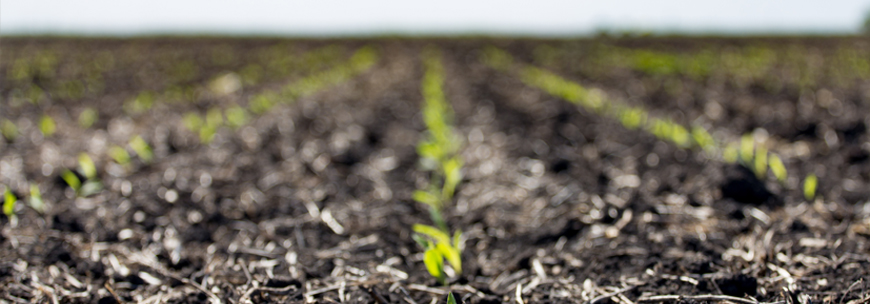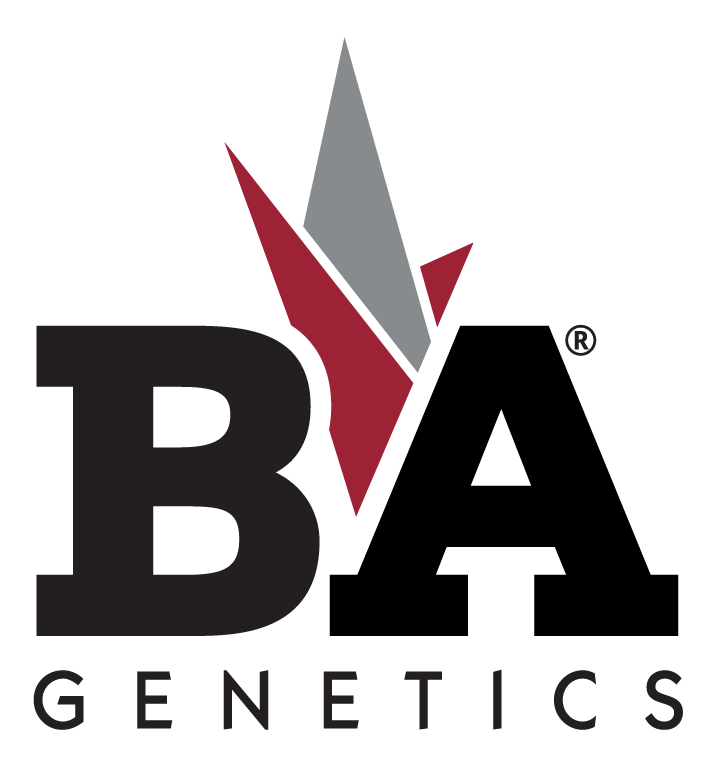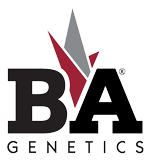
Protecting Your Investment – What Are My Nitrogen Options for Late-Planted Corn?
This spring has been long and complicated. Some areas have seen a few windows of opportunity to apply pre-plant anhydrous ammonia and spray herbicides—and even plant a few fields. The priority now is to get seed in the ground, and at this point, pre-plant anhydrous ammonia is almost not an option with the recommended waiting period of 5-10 days after application.
So, what are your options for applying nitrogen for late-planted corn?
If you did apply pre-plant or fall anhydrous ammonia and have not been able to plant, one option after planting is to do soil nitrate test. This measures the amount of nitrate-N in the soil and acts as a guide to help you determine how much (or how little) fall- or spring-applied nitrogren has been lost. Based on that knowledge, you’ll know whether or not additional nitrogren is needed.
Another option is to spread dry nitrogen fertilizer before planting and work it into the soil to prevent loss. If the urea is going to sit on the soil surface for any amount of time, treat it with a urease inhibitor to prevent volatilization into the air. One recommendation is to use a blend of Urea, Ammonium Sulfate, and ESN® Smart Nitrogen or poly-coated urea, if available. This blend provides a quick release, medium release, and slow release form of nitrogen. ESN Smart Nitrogen is a urea granule comprised of 44 percent nitrogen, contained within a flexible polymer coating. The coating protects the nitrogen from loss mechanisms and releases it in response to soil temperature. https://www.smartnitrogen.com/what-esn/how-esn-works.
Finally, side dressing nitrogen after planting is always an option. This gives you greater flexibility to side dress with the most profitable form of nitrogen that is best suited for your management practices. As a grower you can side dress anhydrous ammonia, urea treated with a urease inhibitor, and liquid nitrogen (28% or 32%).
There’s also a wide range of methods for side dressing with nitrogen:
- Mole knife to inject ammonia,
- Coulter injector for liquid application,
- Y-drops for liquid application and side dressing taller corn, or
- Urea using a dry application rig across a wide range of corn heights.
Whatever option you chose for applying nitrogren this season, make sure it: best fits your management practices, is the most economical, and offers the greatest protection for your investment.

